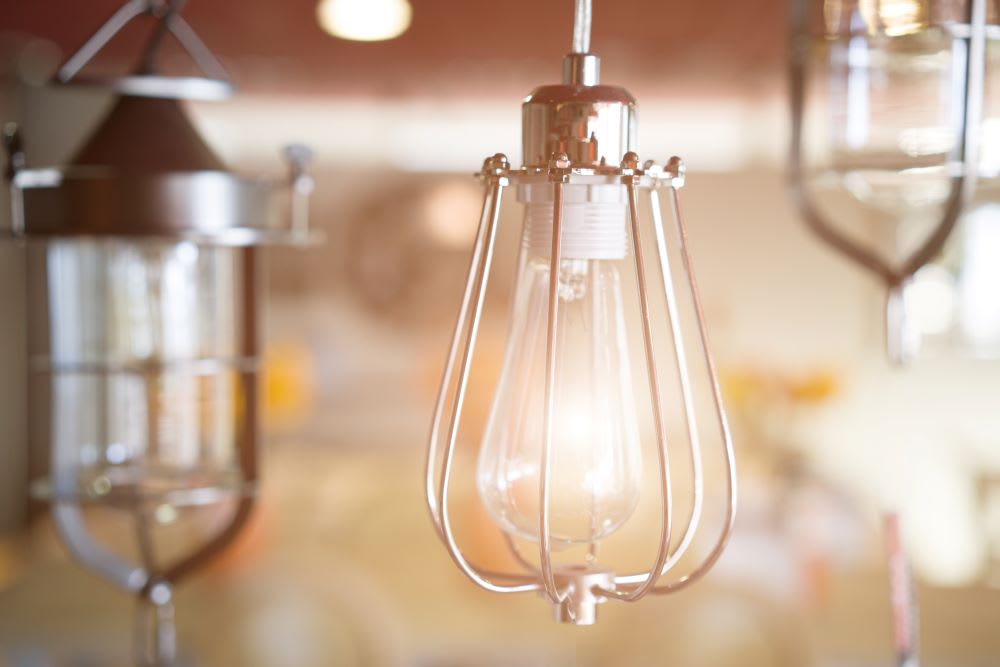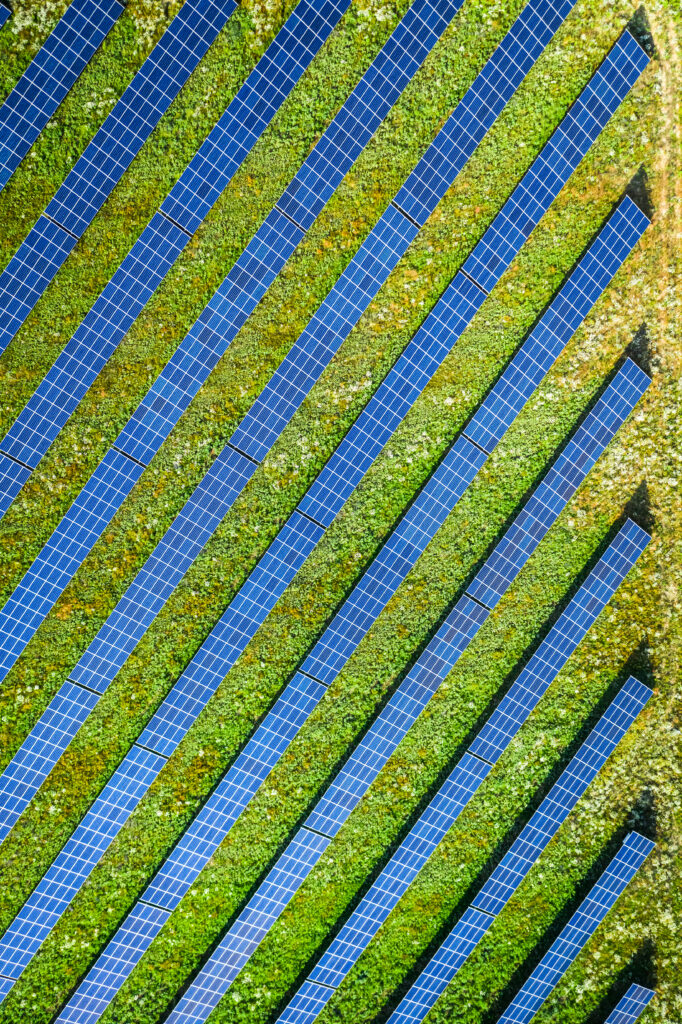Railpen pursues bigger infra deals and partnerships
More partnerships and bigger deals are on the agenda.
Five years ago, Lewis Vanstone joined Railpen as investment director for infrastructure and energy with a mission: to reshape the UK railways pension fund’s infrastructure strategy for a rapidly changing world.
At the time, Railpen’s GBP 34bn portfolio had a clear bias toward mature, yield-generating assets in sectors including UK onshore wind, solar, biomass and social infrastructure through a GBP 1.7bn Long Term Income Fund, which also invested in property and made commitments to funds. But as global infrastructure markets evolved, so did the fund’s ambitions.
What has followed under Vanstone’s direction is a steady shift from pure core assets into higher-return, earlier-stage growth infrastructure.
Railpen, manager of the railway pension schemes in the UK, launched a dedicated GBP 500m Growth Infrastructure portfolio in 2022 to invest in development and construction-stage assets with capital growth potential and in some cases value-add returns. This strategy was behind its investments in the likes of Constantine Energy Storage, a UK battery platform targeting around 600MW, and through London-based renewable energy developer AGR Power.
The strategy has led to a series of investments including those listed below:
|
Now having invested much of this GBP 500m, Railpen – which has a total infrastructure allocation of around GBP 1.2bn of which around 60% comprises direct investments and the rest indirect – expects to take to next level the strategy it started in 2022.
One change is that it wants to increase its ticket sizes beyond its previous GBP 50m to 100m range and towards GBP 100m to 200m.
It is also open to collaborating with other pension funds and institutional investors that take co-investments on bigger transactions led by Railpen.
“We would like to have more collaboration on origination and work together on opportunities to expand our possible investment universe,” he said.
It has acted as a co-investor in the past , taking a 25% stake alongside Cube in Nordic waste collector Verdis and partnering with Greencoat and GreenPower on Scottish onshore wind projects, including the 46MW Carraig Gheal and the 66MW Barachander development in Argyll.
Railpen is also evaluating new areas it has not yet invested in including heat networks, zero-emission transport and digital infrastructure.
Vanstone describes heat networks as “hard to access and [a] relatively slow greenfield market – probably the challenge… at the moment – but nonetheless an area we would like to invest in”.
Zero-emission transport is another focus, particularly in continental Europe, where availability-based contracts with municipal authorities offer stable revenues decoupled from passenger volumes.
Social infrastructure, particularly hospitals and schools, is also of interest, but Vanstone said progress depends on government creating a new wave of public-sector investment opportunities.
Railpen also wants to expand its digital infrastructure exposure, with Vanstone highlighting data centres as the main focus and some interest in telecoms. While it already holds legacy fibre and data assets in its private equity portfolio, the new push reflects a desire to diversify beyond renewables.
“We’ve done quite a lot in renewables and energy, and we want to keep doing that,” Vanstone said. “But in order to keep doing that, we do need more diversification by sector.”
While Railpen has increased its international activity, it maintains a strong UK bias. “Our liabilities are sterling and UK inflation linked,” Vanstone said. “If we invest in UK infrastructure, it benefits the members living in the UK by improving the infrastructure they use, which is the vast majority of them.”
Overall, Railpen is following a path being taken by many in the industry, of targeting bigger deals supported by coinvestments, and focusing more on a direct strategy. The evolution of Railpen’s infrastructure strategy continues.












